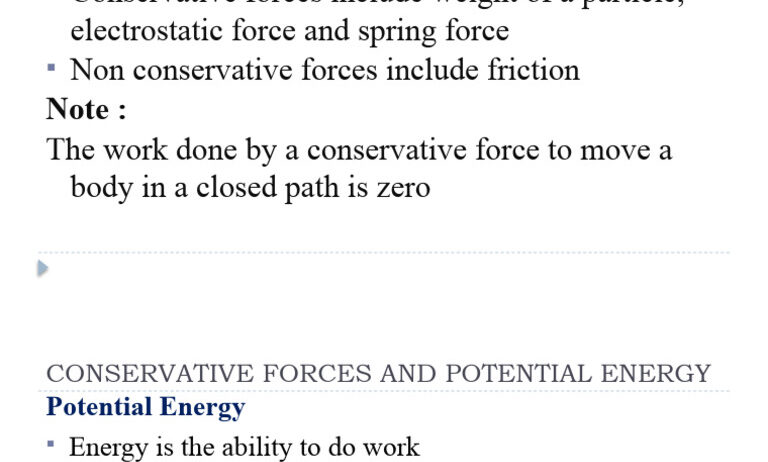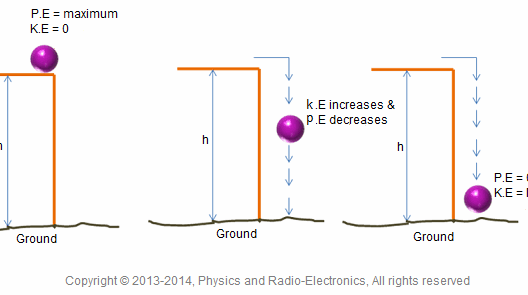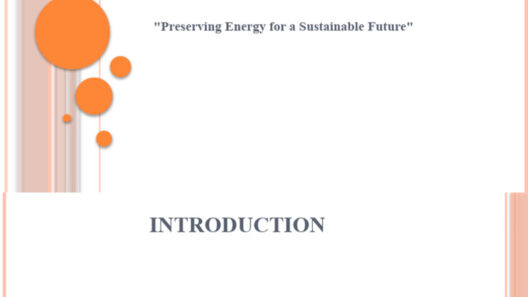The principle of conservation of energy stands as a cornerstone in the realms of physics and engineering, enveloping a broad spectrum of applications. The concept posits that energy cannot be created or destroyed; it can only be transformed or transferred from one form to another. Yet, this magnificent law does not exist in a vacuum. Its efficacy and applicability, especially concerning conservative forces, beckon an exploration that is as profound as it is compelling. The intricate relationship between conservation of energy and conservative forces reveals much about our understanding of the natural world.
To grasp the full significance of conservation of energy, one must first delineate what is meant by conservative forces. These forces, including gravitational and elastic forces, possess a unique characteristic: the work done by or against them is path-independent. This means that the energy expenditure depends solely on the initial and final positions within a force field, not on the trajectory taken. Imagine a majestic river, flowing smoothly yet predictably; no matter how one navigates its currents, the starting and finishing points remain unchanged. This path independence is essential to understanding the broader implications of energy conservation.
In stark contrast, we encounter non-conservative forces—friction, air resistance, and any dissipative forces fall into this category. They operate like a tempestuous storm, ever-changing and chaotic. In scenarios where non-conservative forces predominate, the work done is decidedly path-dependent. This means that energy is not merely transformed but also dissipated as heat, sound, or other forms of energy that do not contribute to the system’s mechanical work. Such losses can significantly hinder the simplistic notion of energy conservation, illustrating that while energy may be conserved in totality, the useful or mechanical energy may very well dwindle.
Let us delve deeper into the implications of these distinctions. Consider a pendulum swaying gracefully back and forth—a quintessential example of a system governed by conservative forces. As the pendulum reaches its zenith, potential energy is at its peak, yet as it swings downwards, that potential energy is transmuted into kinetic energy, and vice versa. In an ideal world, devoid of any external influences, this dance between potential and kinetic energy continues indefinitely, a perfect symphony of transformation adhering to the conservation of energy. Here, the equation—total energy remains constant—reigns supreme and resplendent.
However, real-world applications rarely mirror this idyllic scenario. The imperfections of reality introduce non-conservative forces. The pendulum, in practice, experiences air resistance and internal friction within its pivot. These forces siphon off energy, converting it into heat, thus engendering a gradual cessation of motion. Consequently, while the total energy in the universe is conserved, the specific mechanical energy of the pendulum experiences a relentless decline. This raises crucial questions: can conservation of energy be accurately described in systems dominated by non-conservative forces?
To navigate this quandary, one must invoke the broader definition of energy conservation. The first law of thermodynamics asserts that energy maintains its status of cradling a conserved entity; it merely changes its form. Therefore, when energy dissipates through non-conservative forces, it does not vanish but metamorphoses into forms that may not be practically harnessed for work. Similar to a wildfire consuming a forest, energy may seem lost in terms of mechanical work, yet it merely alters its manifestation. Hence, while conservative forces are pivotal in demonstrating the graceful conservation of energy, the overarching principle transcends into the realm of non-conservative forces.
Examining further, one can draw parallels between this phenomenon and the cyclical patterns of nature. The water cycle, for instance, pivots heavily on energy transformations. Water vapor condenses into clouds, only to precipitate as rain, which replenishes rivers and ultimately evaporates once more, illustrating a continuous cycle of energy conservation and transformation. While gravitational forces in this cycle are conservative, friction from air resistance during evaporation and precipitation represents their non-conservative counterparts, further integrating the duality inherent in energy conservation.
Let us not overlook the implications for renewable energy systems. Modern technology often grapples with the challenges imposed by non-conservative forces. Consider solar panels absorbing sunlight—a non-conservative force in the sense that heat dissipates and cannot be entirely converted into electrical energy. It epitomizes the reality that energy conservation is not a black-and-white construct; it ebbs and flows much like the ocean, dependent on a myriad of factors and forces at play.
As we march towards a sustainable future, the interplay between conservative and non-conservative forces assumes paramount importance. Transitioning to renewable energy sources demands an acute awareness of energy transformations and the inevitable losses due to non-conservative forces. This conscious understanding is akin to a sailor navigating the stormy seas, astutely adjusting sails based on wind conditions, and making astute decisions to maintain energy efficiency.
In summary, while the conservation of energy finds its most elegant expression within the scope of conservative forces, it extends beyond, embracing non-conservative forces as an integral part of the energy landscape. The symbiotic relationship between these forces unveils a rich tapestry of energy dynamics, revealing the complexity and depth underlying what appears to be a simple principle. Indeed, energy conservation is not merely a mathematical equation; it is a profound reflection of the interconnected fabric of our universe, urging us to respect and optimize the delicate balance of energy in all its forms.








